Jazzfest Berlin: Scenes of Now
Various Venues, Berlin — 4-7 November 2021. Round-Up by AJ Dehany)

Jazzfest Berlin was founded in 1964 in West Berlin as the “Berliner Jazztage” with an activist spirit informed by the civil rights movement. Dr Martin Luther King sent a speech when the festival opened, a fact pianist Jason Moran reminded us of in a video segment congratulating the festival for its 2021 European Jazz Network Award for Adventurous Programming. Nadin Deventer took over as Artistic Director in 2018 and has endured the taunts of certain boys club minded individuals in the industry and gone on to expand the festival’s vision of radical creativity and diversity: to challenge and provoke, but always communicate. Adventurous is a moot descriptor: not treading too far out into the wilds of experimentalism but still revelling in unexpected happenings, like this year’s cross-fertilisation with artists in Cairo, Johannesburg and São Paulo.
Not everything programmed is necessarily for everyone. Supported by enviable federal government funding, Jazzfest Berlin holds to artistic seriousness over populism, while maintaining an accessible roster of well-respected and emerging artists working in jazz-related music. Its online edition last year (REVIEW) was a remarkable transatlantic dialogue between New York and Berlin with four days of electroacoustric performances and audiovisual commissions. In 2021 live audiences returned to the silent green, a former crematorium turned creative crucible, but it kept the live streaming and on-demand availability of the performances and commissioned audiovisual works. Regarding bringing the power of art to the people, this makes Jazzfest Berlin a beacon of what could be.

An award ceremony took place in April online and was reprised in person on the Saturday. Yet another ceremony took place on Friday awarding adventurous pianist Aki Takase the 2021 Albert Mangelsdorff Prize for her enduring work. The legend status plaudits reminded me that two days before in the robustly DIY Cafe Oto-esque venue Sowieso I’d seen a sheet of A4 pinned to a wall offering her services as a piano tutor. This is an ironic comment on the economy of the arts. Her impassioned Japanic quintet performance was one of several festival highlights on the Friday night. Saxophone Daniel Erdmann was beyond terrific, and the set benefited from the rapport he has with Aki Takase that makes their recent duo album Isn’t It Romantic so special. The band included 5-string cellist Johannes Fink, dressed like a funky pimp. At the Zig Zag Club earlier in the week I saw his trio FINK-70’S REVISITED with the fantastic Silke Eberhard on alto. There, as with Aki Takase’s Japanic, the extra cello string lets Fink double up as bass player on some of the fast and fierce hard bop pieces.
Not yet a subscriber of our Wednesday Breakfast Headlines?
Join the mailing list for a weekly roundup of Jazz News.
On the Sunday cellist Tomeika Reid filled the same role for Dave Douglas’s chamber jazz ensemble’s live realisation of his spiritual song cycle Secular Psalms which was developed and recorded under lockdown, based on the imagery of the Ghent altarpiece of painter Jan Van Eyck. It reminded me pleasingly of the jazz-inflected neo-folk of Tin Hat Trio and Eyes of a Blue Dog, with mellifluous female vocals pitched strainingly high. Tomeka Reid scissoring the bow across the strings over a 6-note band motif was the most animated moment of a charming but sedate set.

Taking a moment to reflect on our spiritual wellbeing may also have been a force animating Norwegian keyboard player Ståle Storløkken’s Sunday performance on the organ of the striking Kaiser Wilhelm Memorial Church. His solo album Ghost Caravan was improvised on a Norwegian church organ, while his prior album involved massive banks of synths. Uniquely, the church has a dry sound. At times the music felt like an industrial Gorecki. It seemed to owe less to liturgical material and felt more like the squelchy synth world of 1970s dystopic film music, with the trebley sound of the relatively small church organ and the added oscillators and screens that brought some pitch-bending top-line sound into play that really enlivened the organ music (which let’s admit can often be a chore).
This was not the only set that was sonically souped up with electronics. Aki Takase’s set included DJ Illvibe aka Vincent von Schlippenbach (son of the free jazz legend) on turntables and electronics where he performed a role akin to Leafcutter John’s in Polar Bear. Extramusical colorations are used musically and add a diversity of violins, whistles and scrapes. Korhan Erel (electronics, sound processing) occupied a similar role in Brazilian drummer Mariá Portugal’s octet which was a highlight of Saturday. A gloriously heartbreaking set released an emotional climacteric reeking of tragedy, desperation and unexploited what ifs. Portuguese-language Proustian ruminations on the lonely but visionary aspects of insomnia haunt the memory: “facing death with eyes open.” Written material without conventional chord changes evidences the creativity of her melodic vocal writing. Semi-free moments of controlled cacophony with dense whorls of five-strong brass invoke the punctuating unison blasts in Ornette Coleman’s Free Jazz album, which were also deployed judiciously in another sheer highlight set from that busy Friday night: Koma Saxo.
Koma Saxo is a quintet driven by two absolute heavyweights: Peter Eldh on bass, and Christian Lillinger, who is one of the best drummers in the world. He could give Anton Eger a run for his money for energy and intricate detail at pace, and with Eldh the pair takes you on a cataclysmically physical, at times cacophonous, polyrhythmic journey through grime, classic hiphop, reggae grooves, and electronic directions. The playing is ridiculous but the writing is excellent too: genre-popping anti-pop that gives a sense of substance that underpins the group’s chaotic energy. The last fifteen minutes felt supplementary, more interesting than essential. The encore, a dotted riffing arrangement of Nat King Cole’s arrangement of the standard A Nightingale Sang In Berkley Square felt like a cheesy undermining of a beautifully bruising first half hour.

It’s a tossup which band was the most bruising of the festival out of Koma Saxo or أأحمد (Ahmed), a quartet of sweet menace and mania who closed up the Saturday night with a divisive blast that saw unprecedented numbers give up and leave. The more they left, the more I loved it. Similarly to Koma Saxo, the rhythm section of Joel Grip and Antonin Gerbal is motorific but in contrast to Koma’s virtuosic glitchy stuttering work they solidly hold it down. They play it hard— generically speaking the hardest of hard bop rhythm playing played the hardest it can be. The sonic space and visual optics come this time from Pat Thomas on piano, and Seymour Wright on alto sax. Wright’s unique anti-style of weird fingerings and placements, brutalising monotones, drilling sounds, short notes and long tones, and sheets of sound, complement Pat Thomas’s dissonant style and inveterate flat-palming of the keyboard. Both of them sound chaotic because of the wacky dissonances, but the phrasing of each is actually impeccably punctuated with strongly formed phrase-endings. For some, the group might have been trying too hard to be weird or anti-; maybe they do it somewhat cackhandedly while the classic musical revolutionaries explore the essence of what they destroy to best and better it before they destroy it—or maybe that’s just what they do.
The uncompromising intensity of Ahmed’s relentless fifty minutes of riot jazz showed up some lesser instances over the weekend of controlled cacophony such as that which I mentioned in Mariá Portugal’s set. These moments of hit-anything ‘free’ playing are often used to throw a chilli pepper into the mix of tame or controlled music. It felt natural in Aki Takase’s modernistic set, whereas it didn’t significantly raise the temperature of Dave Donald’s chamber pop suite or in its judicious deployment by American pedal-steel player Susan Alcorn. Her quintet set opened the festival with the sweet Americana of melodic yankee doodle ditties, but established a pleasing middle ground between turbulent yellow agitations and sumptuous cerulean moods.

Susan Alcorn also featured on pedal steel guitar in two separate sets by American trumpeter Nate Wooley. The 50-minute “Seven Storey Mountain VI” is the latest instalment of a series begun a decade ago. I only watched the video streamed from the Kaiser Wilhelm Memorial Church, but I imagine the large scale ensemble including haunting female choristers amply filled out the space. The next day back in silent green, Nate Wooley’s quartet concert “Columbia Icefield” was contrastingly minimal but comparatively lacklustre. The writing was weak, all glacial soliloquy and unisons with no call and response counterpoint. The scored material lacked shape; there were individual pieces but it felt like all one long piece, and the name of that long piece is In A Silent Way. The best moments were when Nate Wooley’s austere Davis-like tone rang out. There was a four note motif I heard a couple of times; something like that could have been applied more regularly to make the work seem more musical, connected and compositional without losing the atmosphere or sense of an ambient work. While Koma Saxo’s encore quizzically undid their modernist cachet, Nate Wooley rounded off his set with a showcase for his personal tone and use of silence with a piece that seemed to achieve what the longer work didn’t, something lovelier and more substantial.

A substantial talent with which to conclude the whole festival, Swiss-American pianist Sylvie Courvoisier’s trio performance in the Kupellhalle at the silent green was rich with quixotic jazz language born of influences including Ornette Coleman and Charles Lloyd. The rampant stylistically juddering start-stop patchwork mania of album title track Free Hoops in particular bespeaks the mentoring of John Zorn, but many of the compositions build up more organically. There’s a solid basis of riffs, rhythms and figures that are expertly decorated and perked up by extrapolated notes flung from one side of the chord to the other, and all done with such finesse that her vitality upon the keyboard is thrilling without seeming showy or robotically technical. She has a restless musical intelligence that draws in some advanced playing from bebop to classical. It’s allusive jazzer’s jazz in a good way. You’ll like it. Sylvie Courvoisier told us in interview later that she is recording a version of Stravinsky’s Rite of Spring for two pianos, which is certainly something to look forward to.

My final selected highlight for you was broadcast live from Johannesburg. We watched it in the silent green with big screens in four directions depicting different angles on the band, mimicking the way we actually experience the multiple shifting viewpoints of live experience, which helps make it feel less like a video and more like a gig. Side Bar are instantly recognisable as the band that forms the Ancestors alongside Shabaka Hutchings. You realise most of that group’s sound is just Side Bar with Shabaka on top, right? It’s slightly ghostly music with an ancient spirit characterised by themes that are doubled with vocals, which really draws you into the music. I was surprised when they went into a flute-led wordless version of The Sound of Silence. Invoking Paul Simon means engaging with his breaking of the cultural embargo in Apartheid South Africa in the 1980s, which is still controversial to this day. Interestingly, it segued into words that created a new sense around the themes but avoided the words of the song: from the poetic “In a place of shadows we are sparks” to the direct assertion “South Africa is a place where we will never be free.”
Nancy Mounir’s commissioned film “Nozhet El Nofous (Those who were not invited)” explored in beautiful sepia tones the lives and music of certain artists who were not invited to the Congrès du Caire in 1932 at which the whole Arabic tuning system was standardized. It’s a fascinating episode of political sidelining that is a useful continuing lesson in the cultural legacies of colonialism. For a festival that was inaugurated with a speech from Dr Martin Luther King, it is fitting that Jazzfest Berlin continues to champion politically engaged programming. The video commissions and livestreamed performances from Cairo, Johannesburg and São Paulo instilled a connection to you there in Berlin, or out there watching the video on demand in the rest of the world. The festival subtitle ‘Scenes of Now’ might overplay the representativeness of these artistic pursuits as emblems of the contemporary, but as introductions to these scenes, they are an eye- and ear-opener. What brings us all together is not low populism, but adventurous programming.
AJ Dehany writes independently about music, art and stuff. ajdehany.co.uk
LINKS
Full programme and links to on demand content
Review from earlier / Zig Zag Club in Berlin
Review of Vijay Iyer Trio’s Jazzfest Berlin performance
Categories: Live reviews





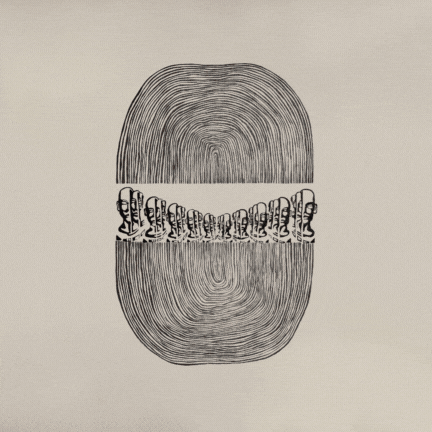

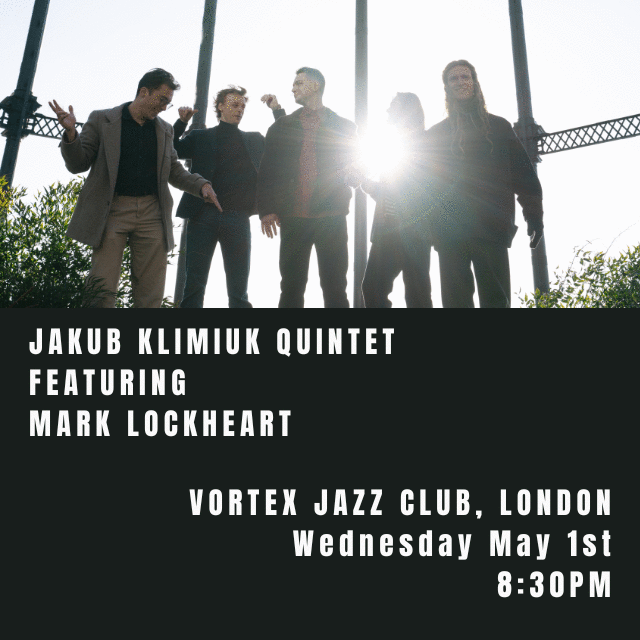

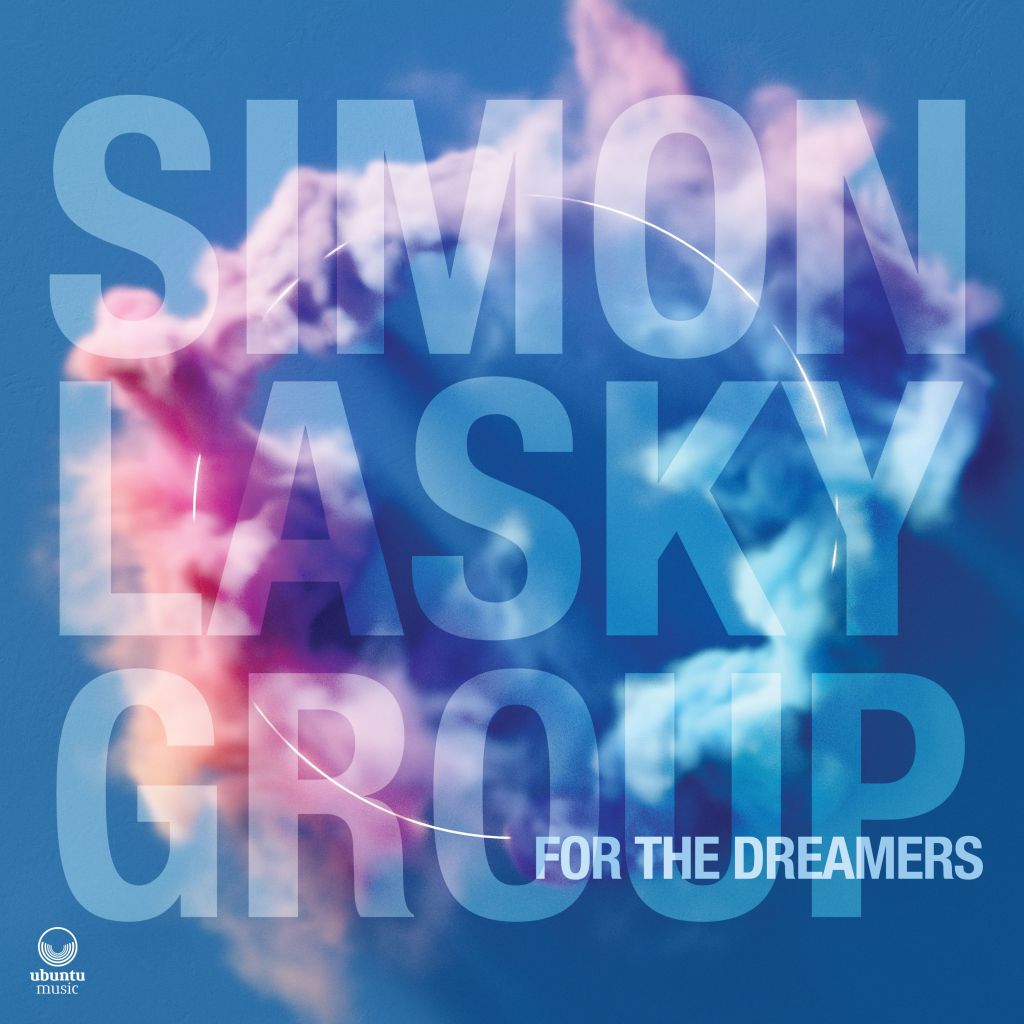
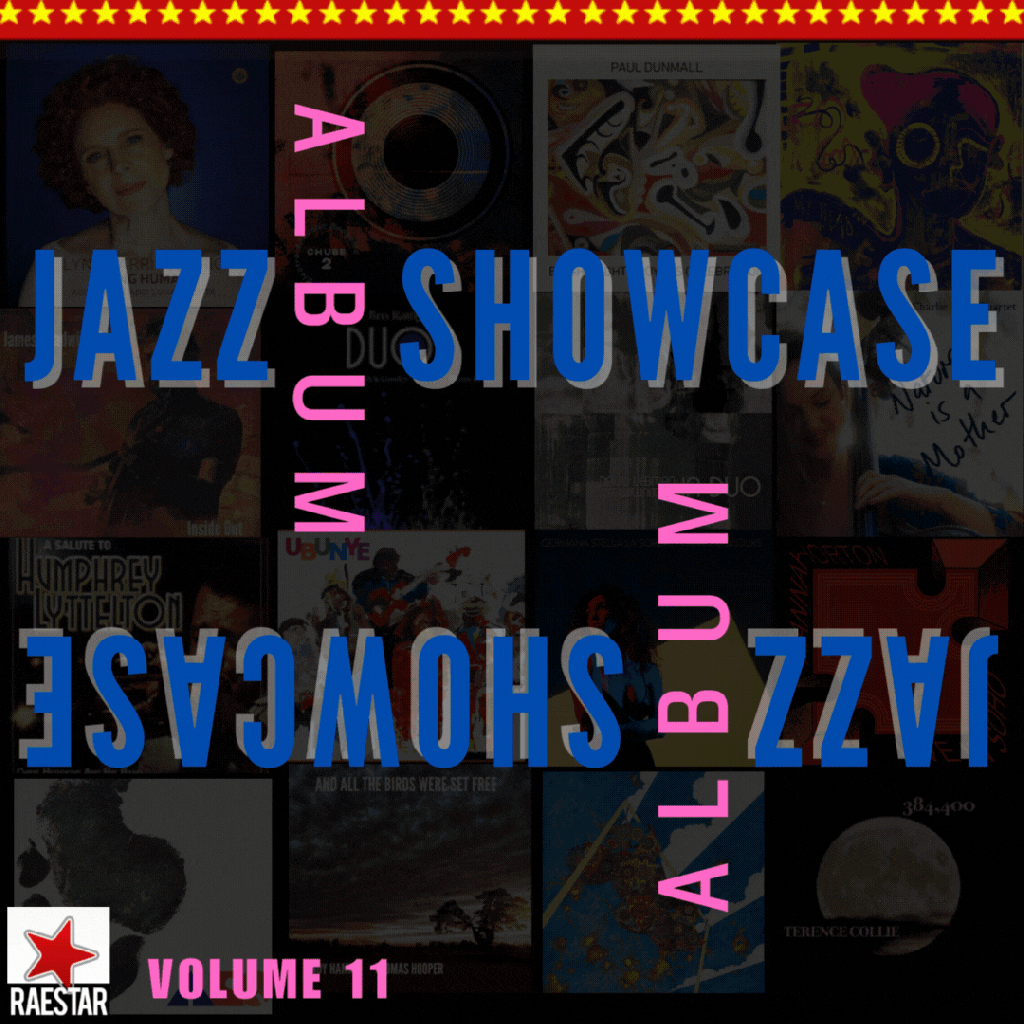
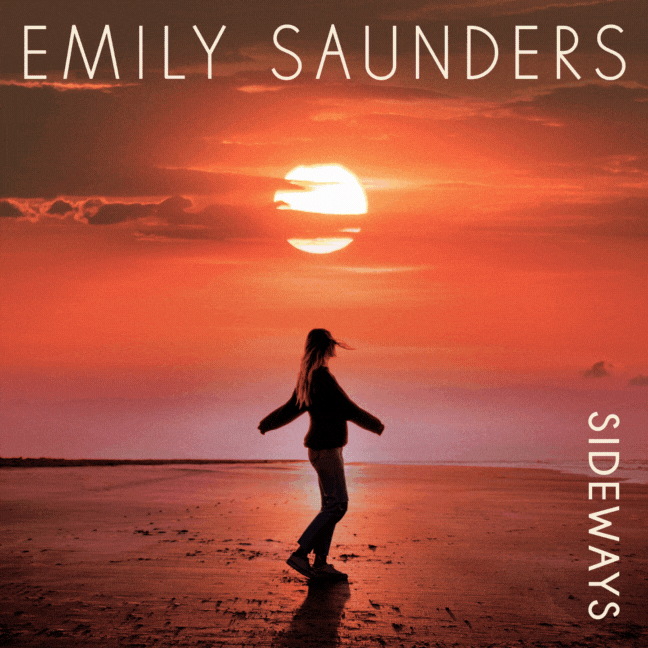
Recent Comments